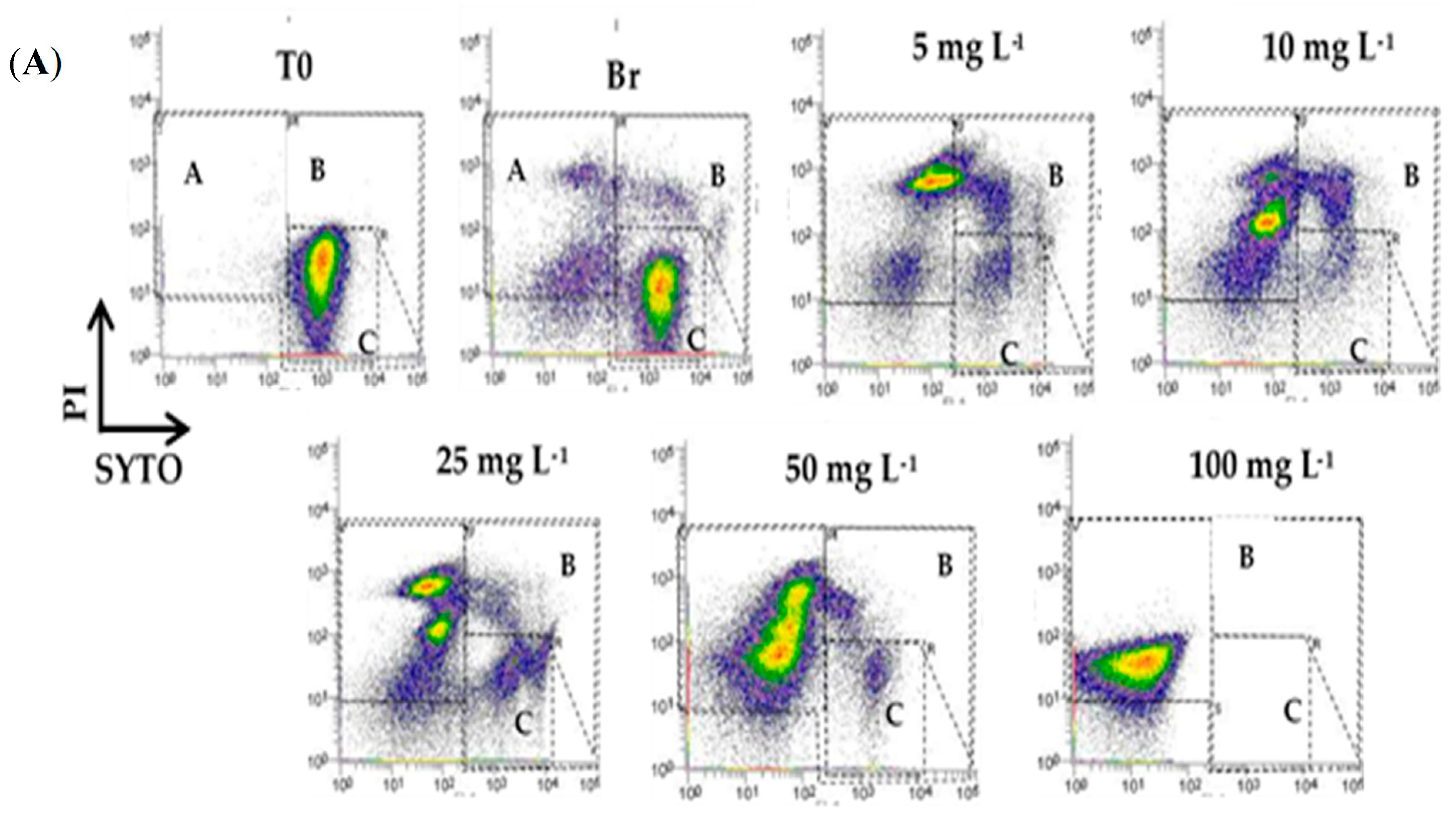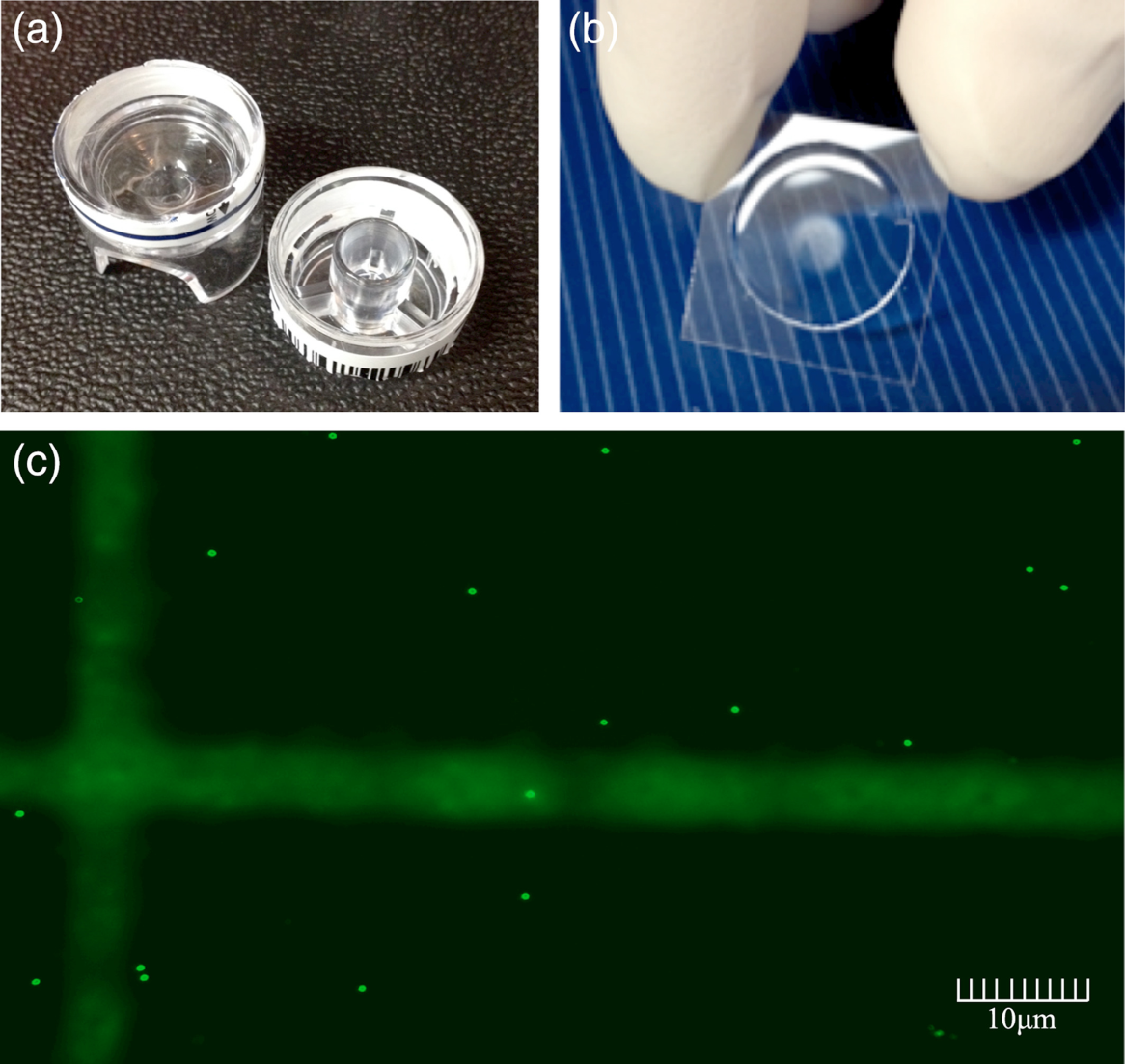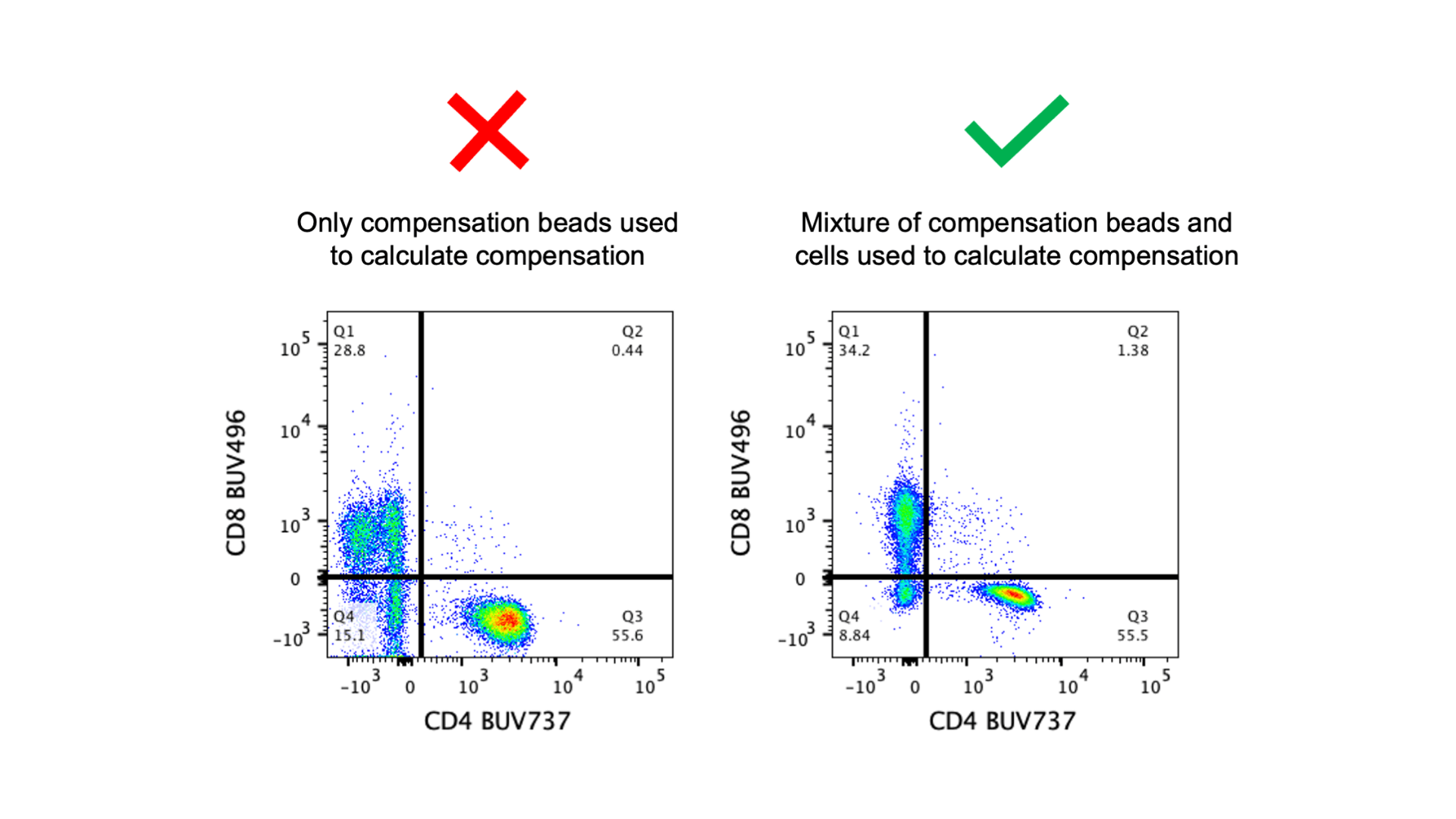Flow cytometry is an analytical technique that allows for the simultaneous counting and sorting of cells based on several parameters. This technique involves the use of lasers to excite fluorescently-labeled cells, which are then detected and analyzed by a series of detectors. One of the key components of flow cytometry is the use of polystyrene beads, which are used as a reference for size and as controls for the instrument. Here, we discuss the gating strategies used in flow cytometry, as well as the use of counting beads to improve accuracy and precision.
Gating Strategies

The gating strategy in flow cytometry involves the separation of the signal produced by the cells from background noise. This is done by setting up thresholds based on fluorescent intensity, forward scatter (FSC), and side scatter (SSC), and then creating a series of gates to exclude unwanted signals. In general, the first gate is set to exclude debris and non-cellular material, while the second gate is set to identify the target cell population. Within this gate, subpopulations may be identified based on the expression of specific markers or the presence of different fluorescent tags. Finally, the data can be analyzed to generate statistics such as cell counts, percentage of positive cells, and mean fluorescence intensity. Gating strategies can differ depending on the type of sample and the specific research question being addressed, but are essential for accurate flow cytometry analysis.
Counting Beads

One of the challenges in flow cytometry is ensuring accurate and precise cell counting. Counting beads are used as an internal standard to enhance the accuracy and precision of flow cytometry measurements. These beads are similar in size and fluorescent properties to cells, and are added to the sample prior to analysis. By comparing the number of counting beads to the number of cells counted, the instrument can be calibrated to improve accuracy. Additionally, counting beads can be used to estimate the concentration of cells in a sample, and to ensure that cell recovery is consistent across multiple samples.
Applications of Flow Cytometry
Flow cytometry has a wide range of applications across biology and medicine. One major use is in immunology, where flow cytometry is used to analyze the presence and function of immune cells. For example, flow cytometry can be used to identify different subpopulations of T cells based on the expression of CD4 and CD8 markers, and to quantify the levels of cytokines produced by different immune cells. In cancer research, flow cytometry can be used to analyze cancer cell populations and the effects of drugs or other treatments on these cells. Additionally, flow cytometry can be used in microbiology, to analyze bacterial and fungal samples, and in genetics, to sort cells based on their DNA content.
Conclusion
Flow cytometry is a powerful tool for the analysis of biological samples, enabling rapid and accurate quantification of cells and the expression of specific markers. Gating strategies are essential for accurate cell identification and analysis, and counting beads are critical for ensuring precise and accurate cell counting. Flow cytometry has a wide range of applications across biology and medicine, and will continue to be an important tool for advancing our understanding of biological systems.
If you are searching about Discover The Myriad Applications Of Beads In Flow Cytometry you've came to the right page. We have 7 Pictures about Discover The Myriad Applications Of Beads In Flow Cytometry like 3 Beads That Will Get Your Flow Cytometry Data Published PowerPoint, Flow Cytometry Support Reagents and also How to Identify Problems with Flow Cytometry Experiment Design – Bad. Here it is:
Discover The Myriad Applications Of Beads In Flow Cytometry
 expert.cheekyscientist.com
expert.cheekyscientist.com beads cytometry flow applications myriad discover
Flow Cytometry Support Reagents
 www.beckman.com
www.beckman.com beads flow absolute counting cytometry beckman count reagents coulter
Counting Beads Flow Cytometry
 nice--flower.blogspot.com
nice--flower.blogspot.com cytometry
Discover The Myriad Applications Of Beads In Flow Cytometry
 expert.cheekyscientist.com
expert.cheekyscientist.com cytometry flow beads
3 Beads That Will Get Your Flow Cytometry Data Published PowerPoint
cytometry
Gating Strategies For Flow Cytometry. A. 0.3 And 0.5 μm Polystyrene
 www.researchgate.net
www.researchgate.net How To Identify Problems With Flow Cytometry Experiment Design – Bad
 voices.uchicago.edu
voices.uchicago.edu cytometry flow compensation beads controls only stained single cells run
Cytometry flow beads. Beads cytometry flow applications myriad discover. Beads flow absolute counting cytometry beckman count reagents coulter
Post a Comment for "Abc Beads Flow Cytometry"